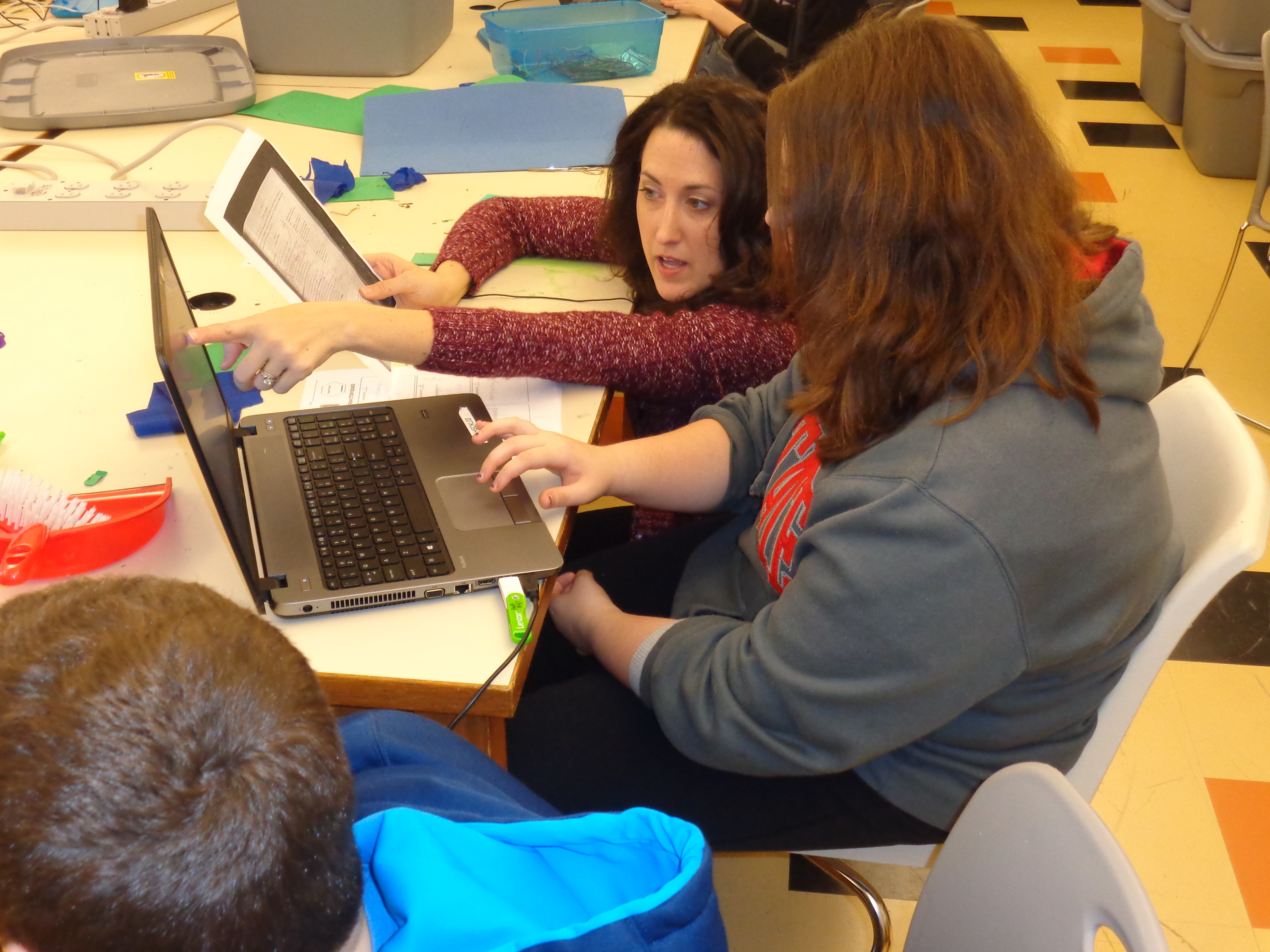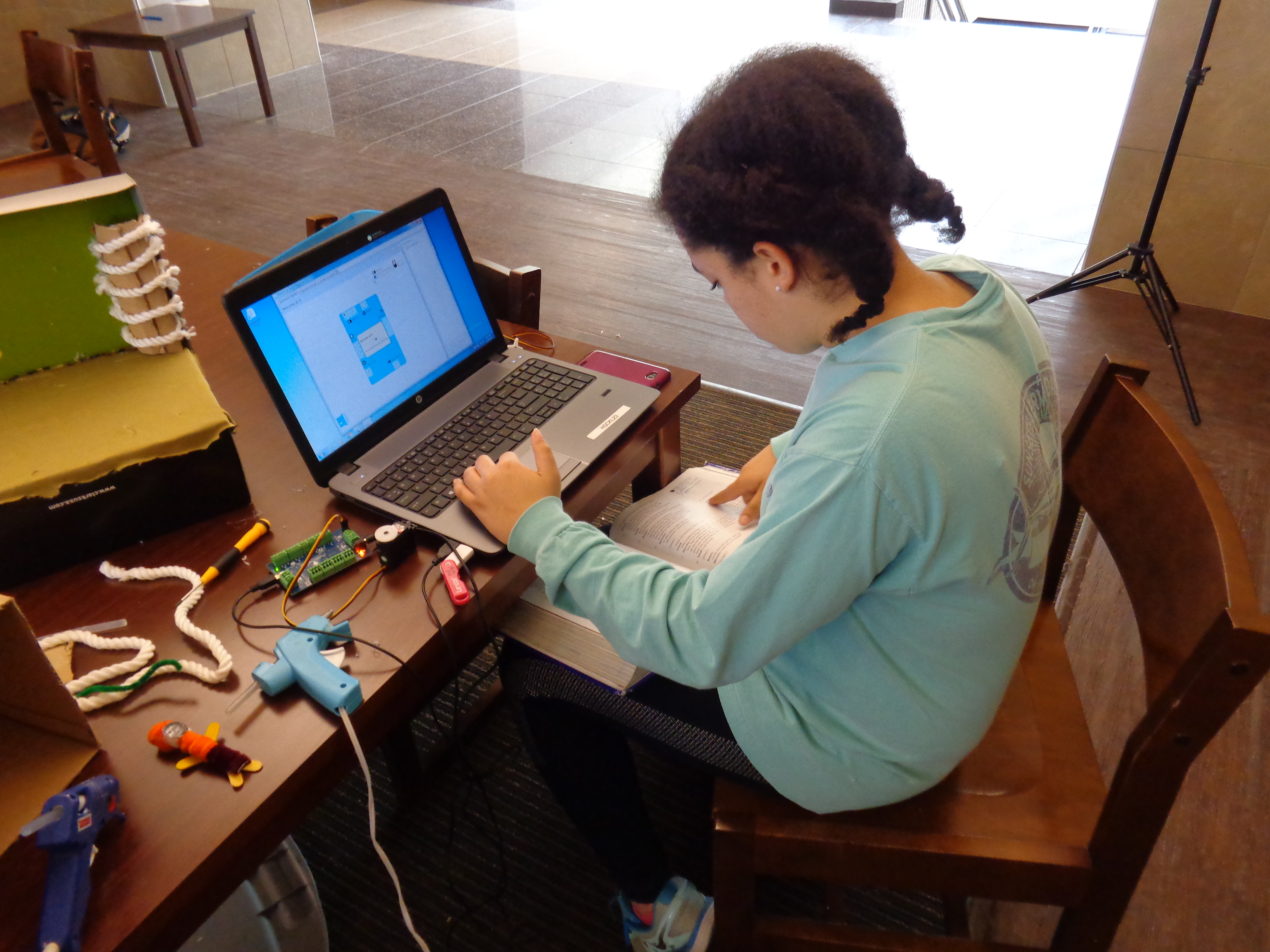
Project Overview
Arts & Bots was an educational robotics program developed by the Carnegie Mellon University CREATE Lab that addressed a critical challenge in STEM education: how to engage a broader group of students with opportunities exploring engineering and computing concepts. Unlike traditional robotics initiatives that emphasized competition and task-completion in elective and extracurricular programs, Arts & Bots focused on creativity and inclusivity by integrating robotics directly into required core classes in public school districts.
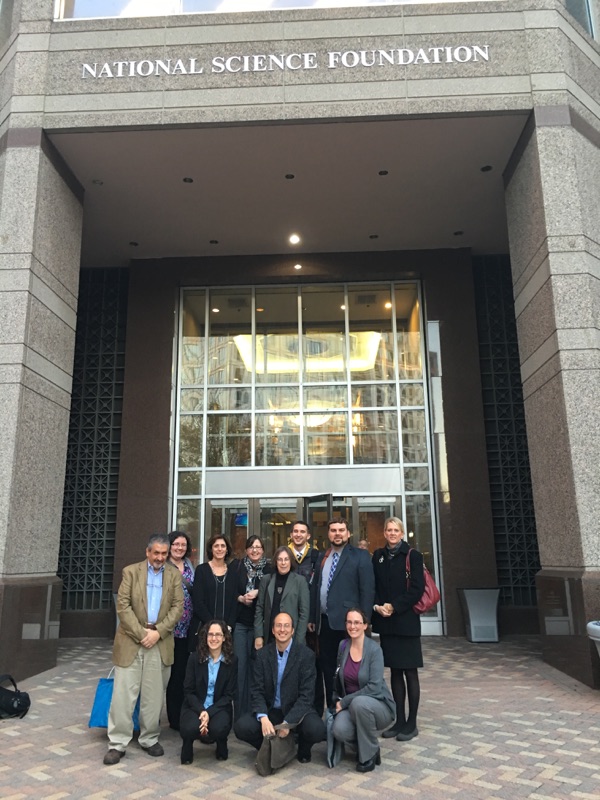
Arts & Bots Math-Science Partnership was distinctive in its research-practice partnership model. Teachers, school administrators, and pre-service teacher education partners were active co-designers throughout the project lifecycle. Rather than creating our invention in isolation, we established equal partnerships where educators shared design decision-making authority and were full research partners. These educators co-authored publications, presented alongside us at conferences, and at an NSF reverse site-visit.
By embedding creative robotics activities within required courses such as language arts, social studies, and health education, we reached students who might never have self-selected into traditional robotics programs. This approach allowed teachers to use robotics as a creative communication medium and provided new formative assessment opportunities that helped educators see their students’ capabilities in a different light.
My work on Arts & Bots focused on developing and evaluating models for effectively integrating robotics into non-technical classrooms. By embedding creative robotics activities within required courses such as language arts, social studies, and health education, we reached students who might never have self-selected into traditional robotics programs. This approach allowed teachers to use robotics as a creative communication medium and provided new formative assessment opportunities that helped educators see their students’ capabilities in a different light.
Research Focus
My research with Arts & Bots addressed two primary questions:

-
How could robotics be meaningfully integrated into required, non-technical classes to engage diverse students who might not otherwise participate in engineering experiences?
-
What design elements enabled teachers to effectively incorporate robotics as both a learning tool and a formative assessment opportunity?
Technology Design & Implementation
The Arts & Bots program combined four key elements designed to support creative expression and cross-disciplinary learning:

-
Craft Materials: Students used everyday craft and building materials to create personalized robots, making the technology more approachable and allowing for personal expression and communication about various disciplines.
-
Flexible Hardware Kit: Centered around the Hummingbird microcontroller, the kit included various outputs (DC motors, hobby servos, RGB LEDs, single color LEDs, vibration motors) and sensors (temperature, light, sound-level, distance, and potentiometers).
-
Interactive Visual Programming Environment: A custom-designed software environment that made programming accessible to novice programmers, reducing barriers to participation.
-
Adaptable Curriculum: Integration strategies that enhanced existing subject content rather than displacing it, making robotics relevant to core learning objectives.
This combination supported a constructionist approach to learning, where students developed understanding and skills through the creation of meaningful projects within authentic contexts.
My Contribution
As co-lead on the Arts & Bots research and development, I developed approaches for integrating technology into non-technical classrooms and was lead designer and instructor of the professional development program. My work bridged the gap between engineering education, robotics technology, and core academic subjects, creating pathways for more students to engage with computing and robotics. I led interaction design and usability testing and was responsible for the development of data collection methods, data analysis, and research-informed design iterations.
Key Contributions and Skills

-
Teacher Professional Development Curriculum: I co-designed and led training for over 360 educators, supporting teacher confidence as technology integrators. My approach focused on building teacher capacity through hands-on experience, collaborative problem-solving, and classroom implementation strategies.
-
Educational Technology Evaluation: I developed and implemented evaluation tools to assess both student learning and teacher implementation experiences, including attitudinal surveys, implementation observation protocols, and analysis methods for student artifacts.
-
User Research and Iterative Design: Through classroom implementation studies across many contexts, I identified success factors and challenges in different subject areas, using this research to refine both the technology and integration approaches.
Program Impact
Between 2010 and 2017, Arts & Bots (and predecessor, Robot Diaries) engaged over 2,400 students and 360 educators across Pennsylvania and West Virginia, as well as internationally in Brazil and the United Kingdom. The program was particularly aimed at providing confidence-building opportunities to students who might not otherwise have self-selected into elective technology activities.
Our evaluation results showed that:
-
Students in required courses gained significant experience with engineering design, programming, and electronics through Arts & Bots.
-
Teachers observed students engaging with course content in new ways, often discovering capabilities in students that weren’t evident through regular classwork.
-
Both students and teachers reported increased confidence with technology after participating in Arts & Bots projects.
Related Publications
Jennifer L. Cross, Emily Hamner, Lauren Zito and Illah Nourbakhsh. 2017. Student Outcomes from the Evaluation of a Transdisciplinary Middle School Robotics Program. 2017 IEEE Frontiers in Education Conference (FIE).
Jennifer L. Cross, Emily Hamner, Lauren Zito and Illah Nourbakhsh. 2016. Engineering and Computational Thinking Talent in Middle School Students: a Framework for Defining and Recognizing Student Affinities. 2016 IEEE Frontiers in Education Conference (FIE).
Jennifer L. Cross, Emily Hamner, Lauren Zito, Illah Nourbakhsh and Debra Bernstein. 2016. Development of an Assessment for Measuring Middle School Student Attitudes towards Robotics Activities. 2016 IEEE Frontiers in Education Conference (FIE).
Jennifer L. Cross. 2017. Creative Robotic Systems for Talent-Based Learning. Doctoral Dissertation, Carnegie Mellon University. Carnegie Mellon University.
. . and more . . .
Project Gallery
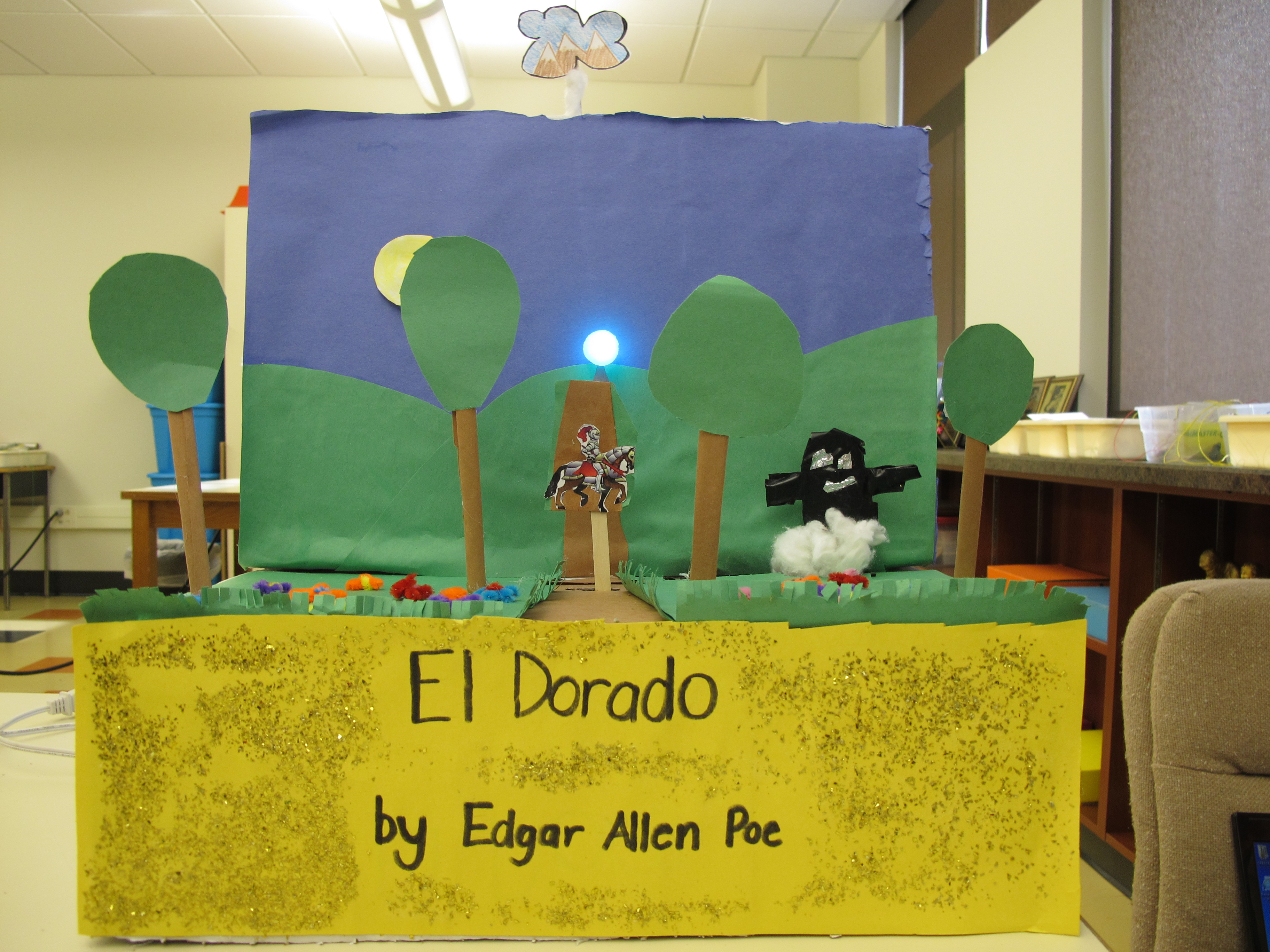
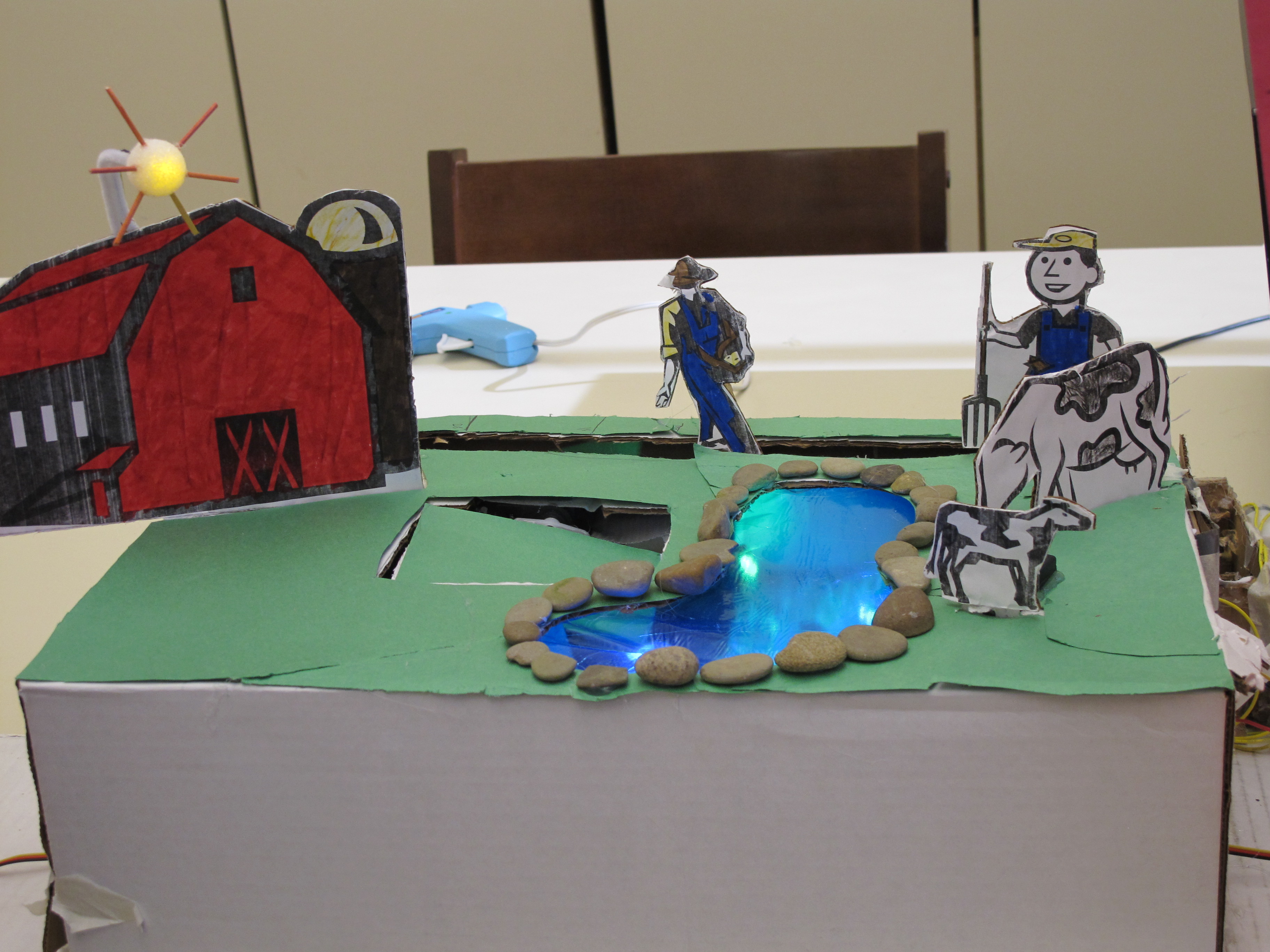

More Projects
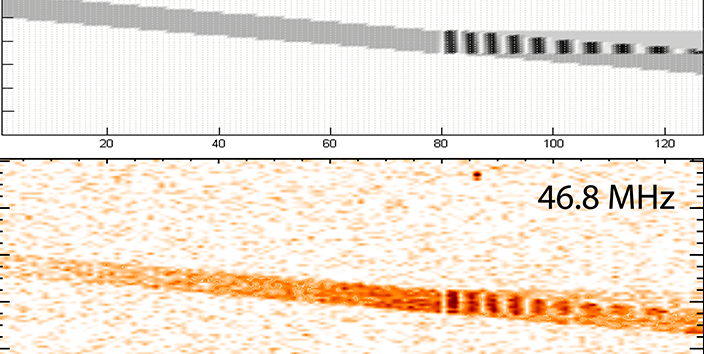
Micrometeor Radio Classification & Radar Simulation
Developed data analysis techniques for identifying micrometeors using radar telescopes, supporting controversial fragmentation phenomena through MATLAB simulations.
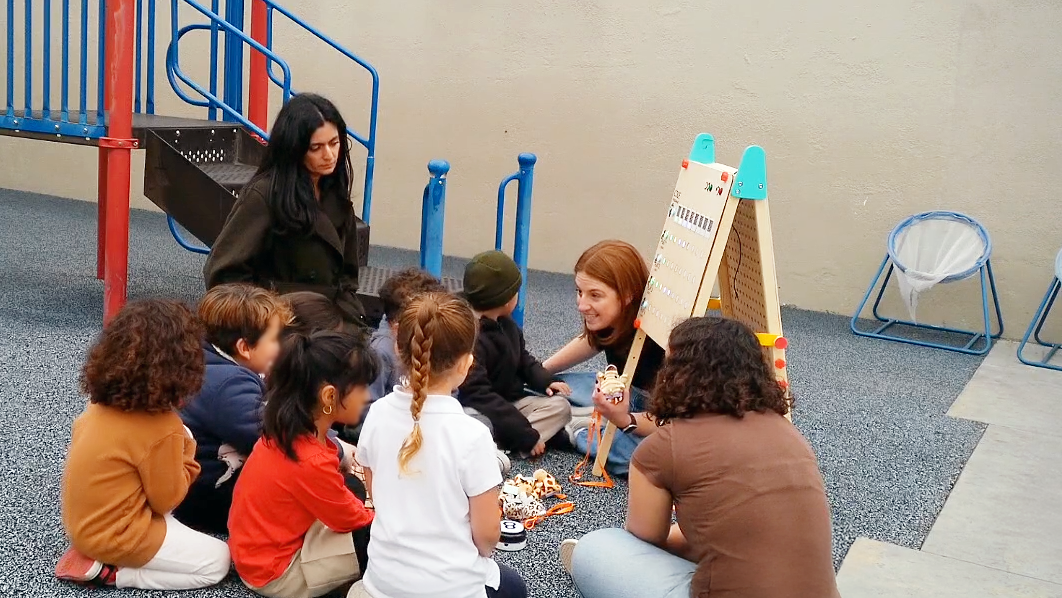
The Smart Playground: Computational Thinking through Robotics in Early Childhood
Creating playground equipment that can be programmed by kindergarten children, integrating computational thinking into physical play environments.
